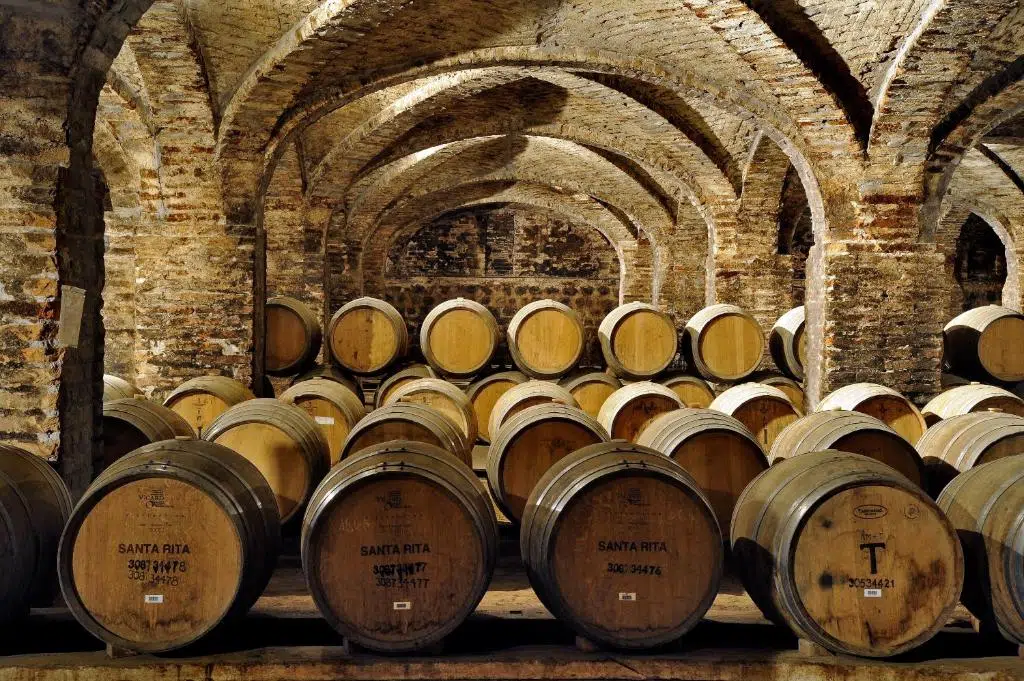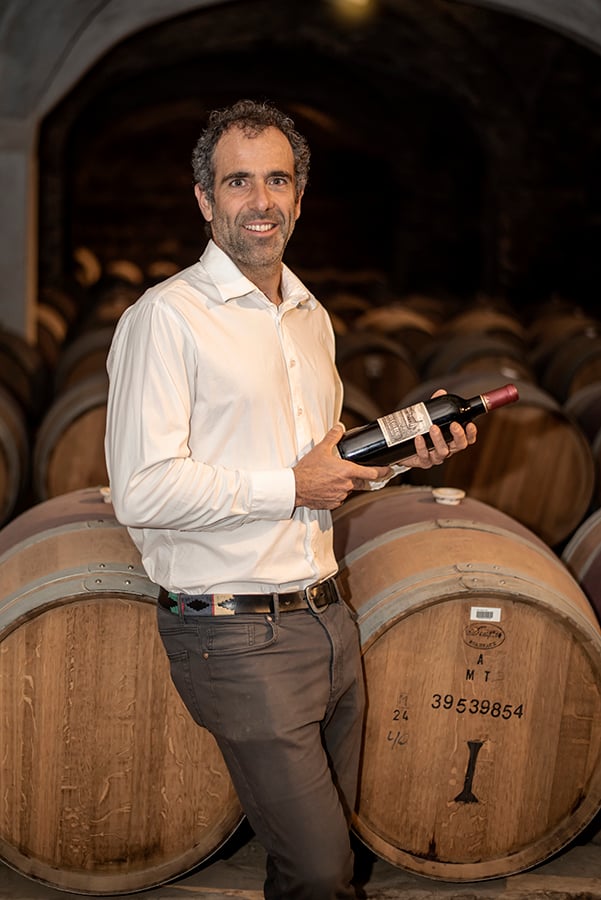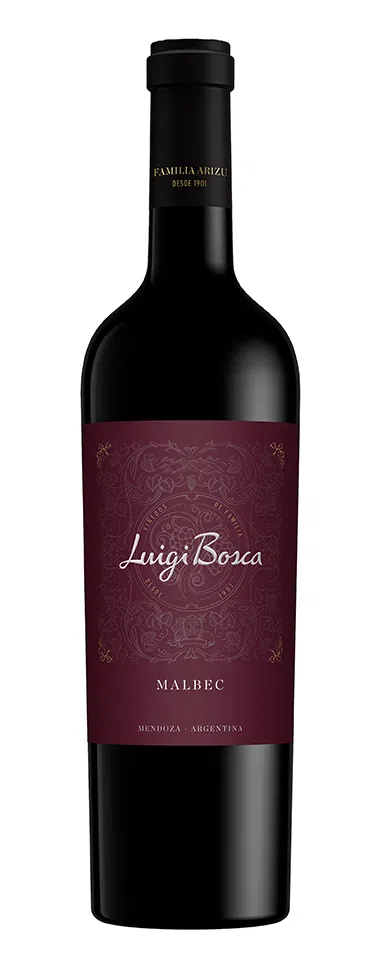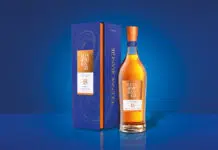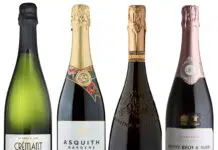Location, Location, Location
The majestic Andes mountains separate Argentina and Chile. The unique climate of the Andes region with breezy, chilly nights and dry, hot days, are perfect conditions for winemaking in these countries. The high altitude, direct sunshine, low precipitation, and glacier-fed irrigation are what grape vines thrive on.
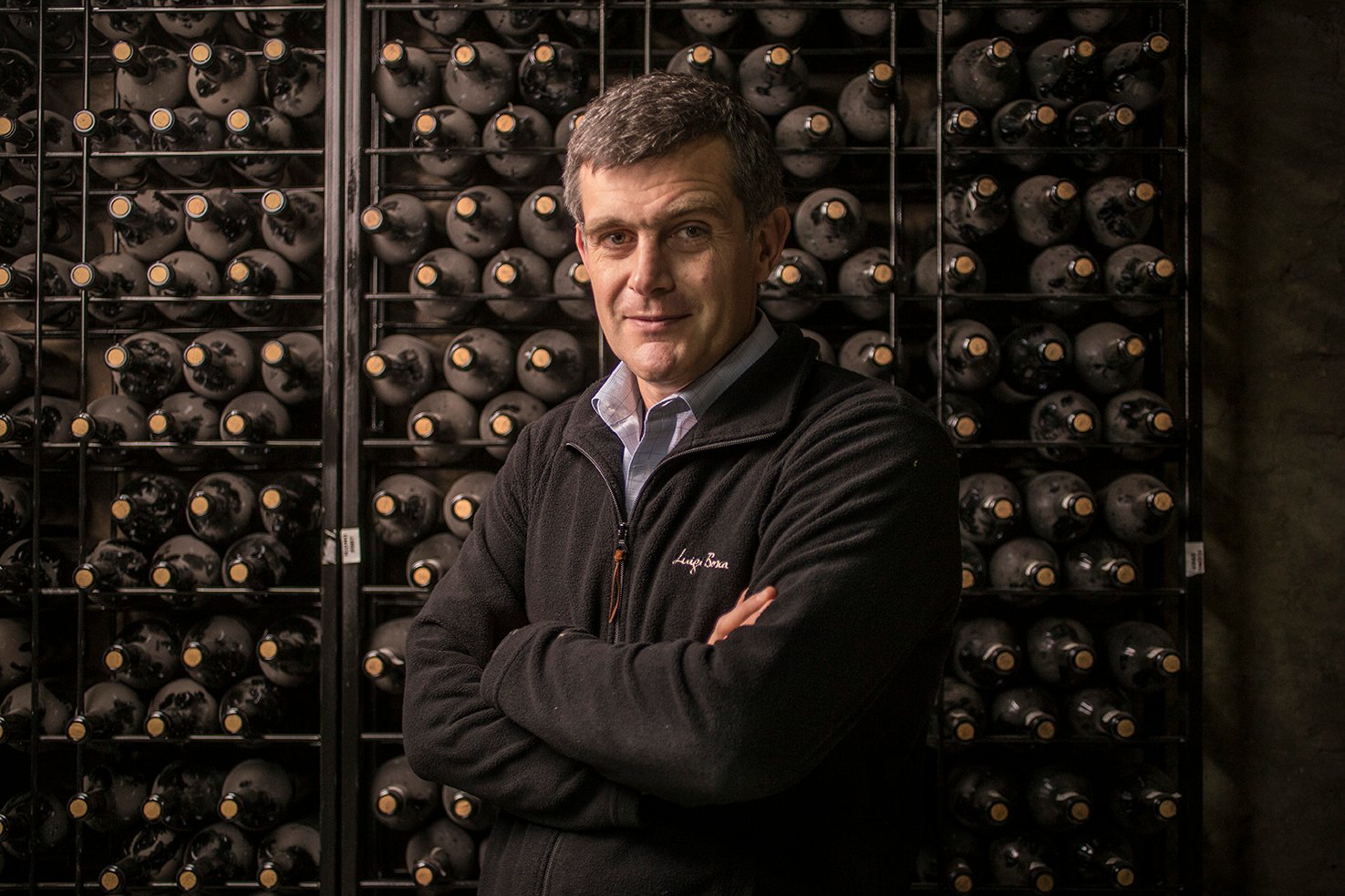
Argentina and Its Legendary Malbec
Mendoza is where 75% of all wine in Argentina is produced. The majority of Argentina’s wine is made with Malbec grapes. Malbec wine is intensely dark red, sometimes deep purple. Ripe, dark red fruit and hints of chocolate play into aromas of leather to tobacco and whiskey.
Luigi Bosca is Argentina’s oldest winery, founded in 1901. Mendoza is where Leoncio Arizu settled and planted his first vines. Four generations later, the family still manages the winery.
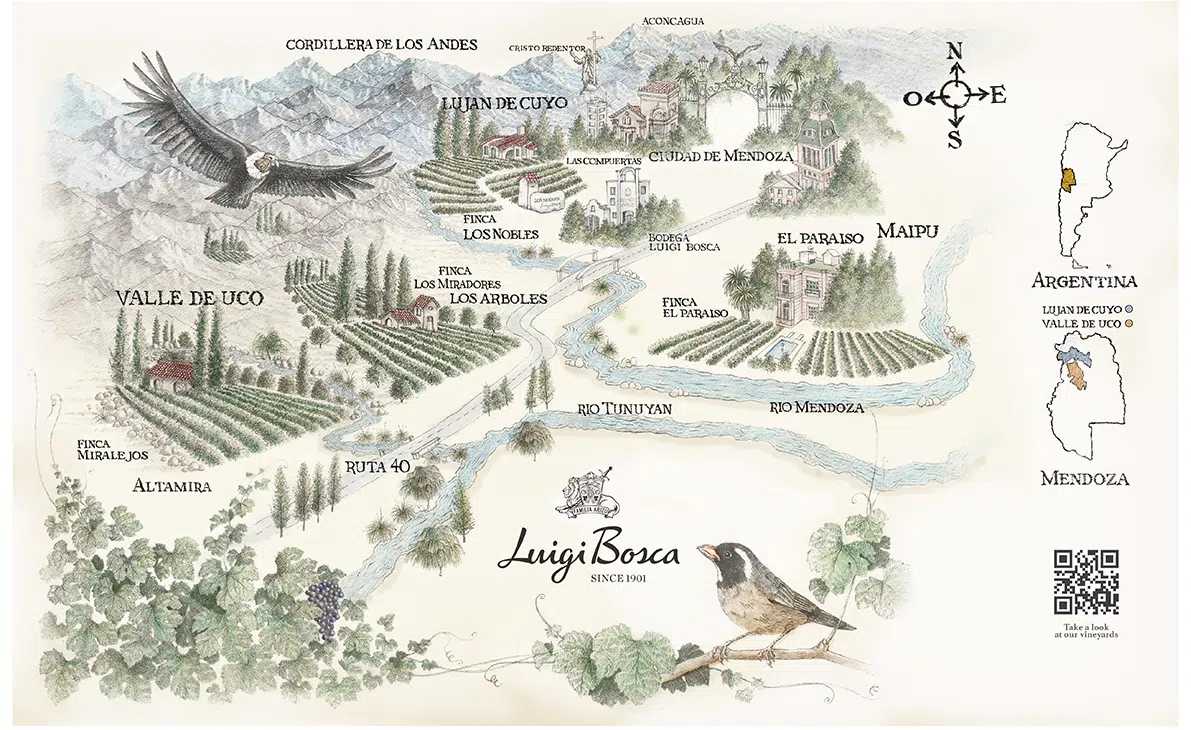
An outstanding example of Malbec wine is Luigi Bosca’s Los Nobles Vistalba Malbec DOC. This is a single vineyard wine designated by the government for its origin (DOC). Made from grapes grown on 90-year-old vines, the wine bursts with expressive flavors of red currant and ripe plums. The lingering finish on the palate is rich and velvety. Very few Malbec wines reach this level of sophistication and elegance.
Bordeaux by Way of Chile
Across the Andes lies Chile, a country shaped by contrasts. Long and narrow, it stretches 4,000 miles along the Pacific Ocean. Vineyards in the Central Valley benefit from the Andes on one side and cool ocean breezes on the other. This balance of warm days and cool nights is perfect for growing elegant Bordeaux-style varietals.
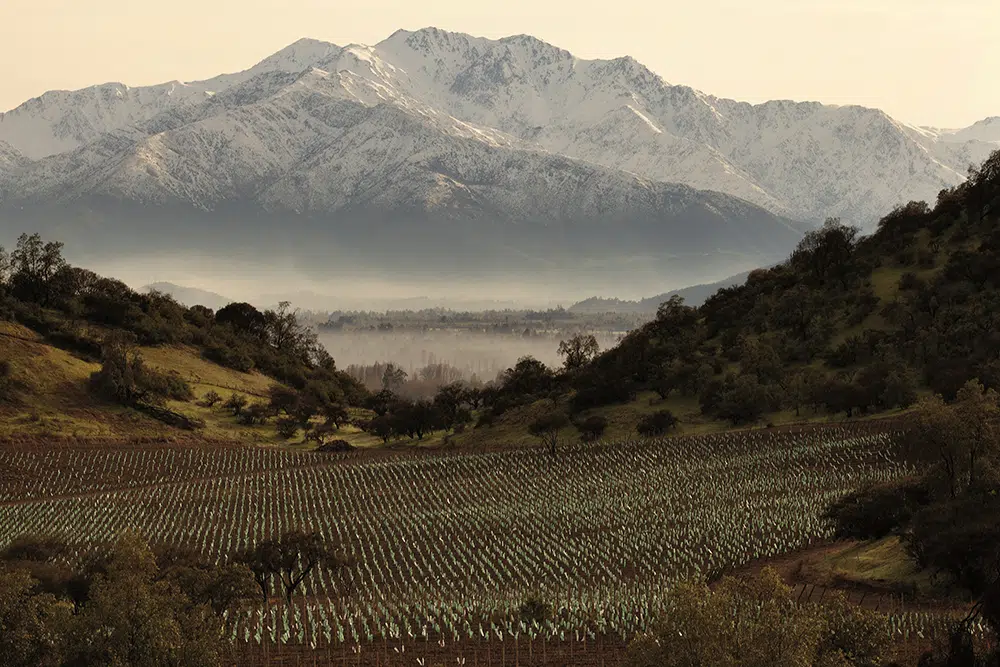
More than a century ago, wealthy Chilean landowners imported and planted French grape varieties from Bordeaux in Maipo and Aconcagua. Their wine showed signs of great potential. Chile’s Viña Santa Rita was founded in 1880 in the Maipo Valley.
Viña Santa Rita’s Pewën de Apalta celebrates the Carménère grape, a variety once thought to be extinct in Europe. The grapes are grown on vines dating from 1938. The wine has remarkable depth. Flavors of blackberries, black currants and rich chocolate combine with spicy notes like paprika, typical characteristics of Carménère. Hand-harvested and macerated for five days, the wine is then aged 18 months in French oak. The balance and sophistication of this wine is recognized by discriminating wine critics around the world.

Moving Forward with Tradition
Both Luigi Bosca and Viña Santa Rita are dedicated to preserving patrimonial grape varieties and the high standards of South American winemaking. Their wines reflect not only quality but also history. For wine enthusiasts, these bottles offer more than exceptional value. They represent centuries of heritage, innovation, and the vital role of the Andes Mountains in shaping the identity of South American wine for years to come.

